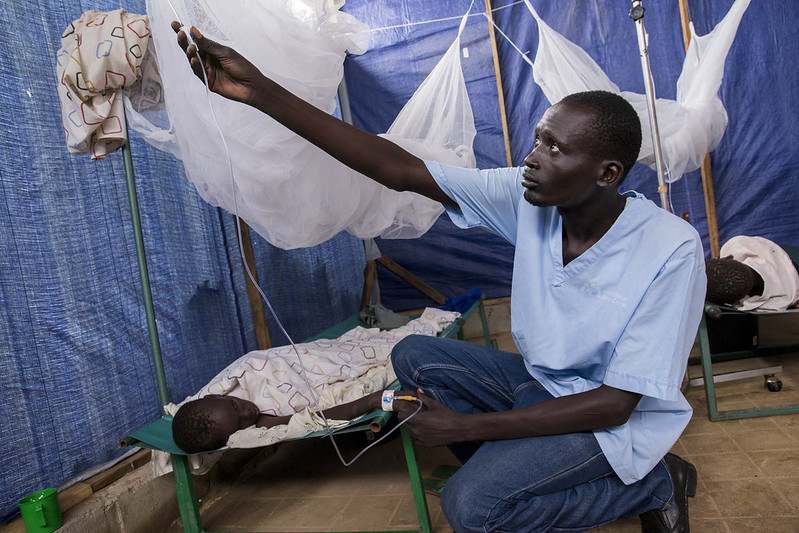3 Facts about Diseases Impacting Sudan
 Sudan is a country in Africa and ranks among the poorest countries in the world. With such rampant poverty comes a plethora of challenges that the nation must face. In addition to these challenges, Sudan has been in conflict since April 2023. This conflict has only inflated many of the problems faced by the country, especially diseases. These are three facts about diseases impacting Sudan that people should know.
Sudan is a country in Africa and ranks among the poorest countries in the world. With such rampant poverty comes a plethora of challenges that the nation must face. In addition to these challenges, Sudan has been in conflict since April 2023. This conflict has only inflated many of the problems faced by the country, especially diseases. These are three facts about diseases impacting Sudan that people should know.
Fragile Health System
The health system in Sudan is severely underpowered. With very little investment, it cannot provide efficiently and thus many citizens struggle with getting the health care they need. There is a shortage of skilled doctors within the country, and half of the people who attend health care facilities are likely to receive no aid. In addition, due to the crisis, more than 70% of all health care facilities do not operate, drastically impacting how much diseases affect Sudan, according to the International Rescue Committee (IRC).
Frequent Outbreaks
War in Sudan has caused massive outbreaks of multiple diseases due to the worsening living conditions and the high amounts of displacement, causing further deterioration of health as diseases impact Sudan. In addition, vaccinations have not been able to be administered to many people, leading to increased illness throughout the country. Diseases that have had outbreaks include cholera, hepatitis, yellow fever, Rift Valley fever, meningitis and haemorrhagic fevers. Not only are these outbreaks occurring domestically, but they are also spreading to neighbouring countries as well. As long as the war rages in Sudan, it will be very difficult for many of the people suffering from these diseases to be helped due to the struggling health care system.
Mortality Rates and Life Expectancy
Life expectancy in Sudan has been rising slowly over the years in Sudan, but it remains fairly low at 66 years old. The global average is roughly 70 years old. Many people die from preventable diseases in Sudan due to the poor health care system, which significantly lowers life expectancy. In addition, another big cause of the low life expectancy is that infant mortality rates are alarmingly high. While the rates have declined over the years, just like life expectancy, it remains a problem.
According to UNICEF, for every 100,000 live births, 295 women will die, and this is the result of minimal aid provided to women both during and after their pregnancy. Only just over 50% of women receive a minimum of four antenatal care visits. After they give birth, only 34% of women receive post-natal care services, and 69% can receive a tetanus toxoid vaccination.
Aiding the System
The World Health Organization (WHO) is working with health authorities to distribute medical supplies and improve the coordination of health response. In a situation report from December 2023, WHO confirmed that a Cholera vaccination campaign in the Gedaref and Al Jazirah states targeted at 2.26 million people had a 98% coverage rate. This same report also confirmed that over 1190 metric tons of supplies have been donated to WHO hubs in Sudan. As of May 2024, WHO secured a $3 million donation from the European Union.
The efforts of WHO undoubtedly have aided the struggling health system and will continue to stabilize it during this time of conflict. Vaccine administration will continue hoping to reach as many people as possible, and campaigns to do so will continue. Other organizations, such as the United Nations Populations Fund (UNFPA), work in health facilities to provide sexual and reproductive health care. There is a lot more work to do, but the truth shown by these efforts is that it is very feasible to improve how diseases impact Sudan.
– Tyra Brantly
Tyra is based in Los Angeles, CA, USA and focuses on Global Health for The Borgen Project.
Photo: Flickr
